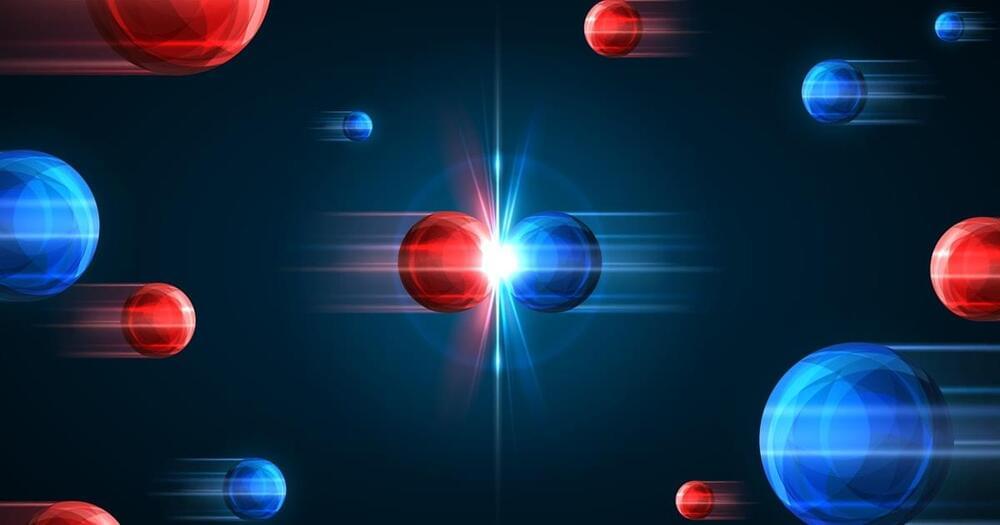Interesting vehicle.
New Zealand and U.S.-based aerospace company Rocket Lab announced that during its next Electron launch, a commercial rideshare mission currently scheduled for later this month, the company will attempt a mid-air helicopter capture of the Electron launch vehicle for the first time. This will further the company’s program to make Electron the first reusable orbital small launch vehicle.
Rocket Lab’s 26th Electron launch, the “There and Back Again” mission, has a 14-day launch window scheduled to commence on April 19, 2022. Electron will lift off from Pad A at Launch Complex 1 on New Zealand’s Māhia Peninsula and will carry 34 payloads from different commercial operators to Earth’s low orbit.
When the Electron’s first stage returns from space after launch, a customized Sikorsky S-92 twin-engine helicopter will be ready to catch it. Around an hour before lift-off, Rocket Lab’s Sikorsky S-92 helicopter will move into position in the capture zone, approximately 150 nautical miles (278 km) off New Zealand’s coast.







